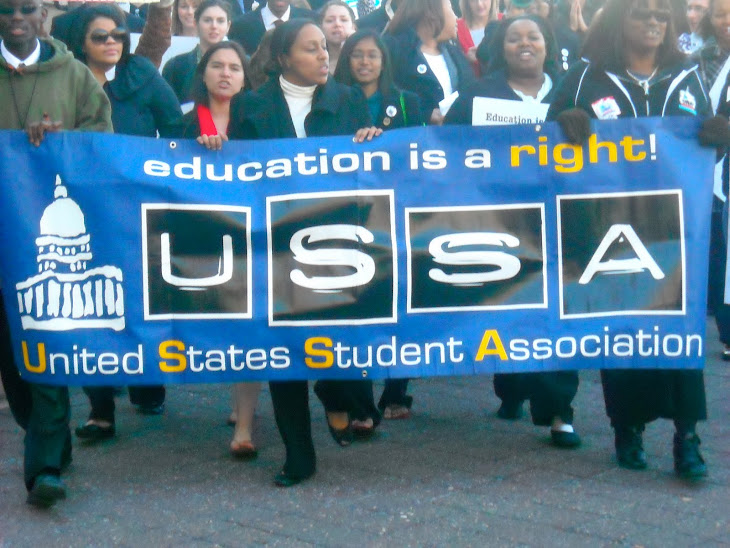
This week, the Georgetown University Center on Education and the Workforce released a dire report on the future of American college graduation rates and workforce needs. The study found that by 2018, the economy will have jobs for 22 million new college-educated workers; however, based on current projections, there will be a shortfall of three million postsecondary-educated workers and 4.7 million postsecondary-certified workers. “The U.S. is on a collision course with the future,” concluded the report’s authors.
If current graduation rates continue, there will be a deficit of 300,000 college graduates a year based on the workforce capacity of 2018. To meet this capacity, American colleges and universities need to increase the number of degrees they confer by 10 percent annually.
“The threat of continued divestment from higher education presents one of the greatest social and economic challenges to our generation,” said United States Student Association President Gregory Cendana. “Young people must mobilize to advocate for local, state, and federal policies that invest in college education and workforce development.”
During his first State of the Union Address, President Obama ambitiously announced his administration’s goal to have the United State lead the world in college graduation rates by 2020. The Georgetown study found that for this to happen, American colleges and universities need to graduate 8.2 million students, a task that would require an estimated increase of $158 billion in higher education spending over the next decade. Instead of making these investments, however, a recent report from the National Governors Association and National Association of State Budget Officers found that in fiscal year 2010, 36 states cut higher education funding with 31 states planning to impose additional cuts in fiscal year 2011.
USSA, representing 4.5 million students nationwide, will continue advocating for state and federal investment in higher education, as such policies are necessary for the future well being of the U.S. economy and workforce.

The forecasted gap in talent creation is a result of many factors-mostly moral and cultural-while affordability is a real, but less important element.
ReplyDeleteWe must be willing to have an authentic discussion about the devolutionary effects of a litany of corrosive elements, mostly the products of poor choices:
1. A 40% illegitimacy rate that continues to rise;
2. Parents' willful abrogation of their duties to teach, train and mentor their children in both character-building and scholastic achievements in a continuous and deliberate fashion;
3. Poor dietary and lifestyle choices that have culminated in the catastrophic pandemics of obesity and its related maladies, alcohol and drug abuse-and the resultant corrosive impairments on peoples' abilities to learn, contribute, and produce.
When-and only when-we are willing to have a serious, correlative discussion based on true causation, will our society shake off the slumber of warped thinking and bad conclusions, and begin to deploy effectual solutions.